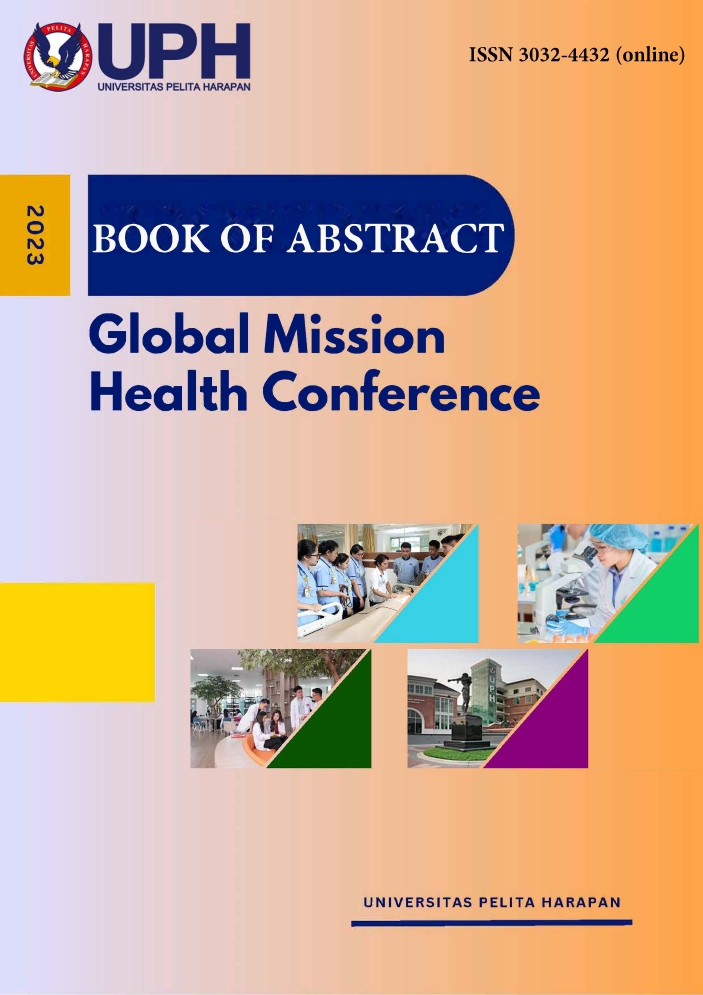THE MODIFIED ROX INDEX INCREASES THE ACCURACY OF qSOFA FOR PREDICTING IN-HOSPITAL MORTALITY IN SEPSIS
Abstract
qSOFA is simple yet has low sensitivity as a predictor of mortality. This study aimed to improve the performance of qSOFA as a predictor of in-hospital mortality. It was a single-center, cross-sectional study using medical record data. Patients aged 18-80 years old with sepsis who were treated in the ICU from September 2021 - August 2022 were included in this study. qSOFA and modified ROX index (mROX) were calculated from the worst condition in ED. Each variable's area under the receiver operating characteristic (AUROC) curve, sensitivity, and specificity were compared to predict in-hospital mortality. 150 participants were included. qSOFA ‰¥2 and mROX ‰¤3.20 were independent factors that increased the risk of in-hospital mortality (OR 3.69 and 21.50; p <0.001 and 0.012). The combination of qSOFA ‰¥2 and
mROX ‰¤3.20 as in-hospital mortality predictors had AUROC 0.791 with a sensitivity and specificity of 71.7% and 75.7%. The AUROC, sensitivity, and specificity were higher than qSOFA (0.766, 70.8%, 70.3%) and mROX (0.760, 68.1%, 67.6%) alone. The combination of qSOFA ‰¥2 and mROX ‰¤3.20 increase the sensitivity and specificity for predicting in-hospital mortality in sepsis patients.
Keyword: ROX index, qSOFA, mortality

